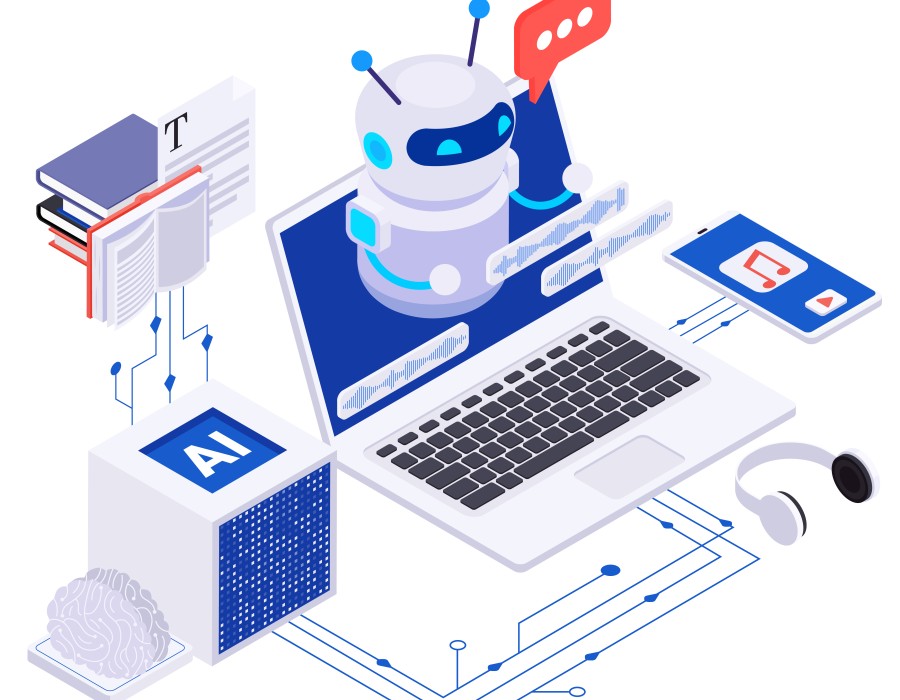As AI agents begin to dominate product discovery, comparison, and purchasing, brands must rethink analytics from the ground up. Traditional dashboards were built around human behavior—pageviews, clicks, sessions, funnels, and retargeting signals. But agent-led journeys follow entirely different patterns. They are faster, cleaner, non-visual, and executed through API calls rather than UI interactions. To stay competitive, companies must develop a new measurement framework that distinguishes ai agent journeys from human ones, captures machine-level intent, and optimizes the experience for both.
1. Human Journeys Are Exploratory; Agent Journeys Are Task-Oriented
Humans browse, compare visually, get distracted, and rely heavily on UX cues. Their paths are messy and non-linear. Agents, however, operate with purpose. They request structured data, run evaluations instantly, and decide based on rules or user instructions. This means traditional KPIs—session duration, CTR, bounce rate—don’t apply.
New Metrics to Track:
- API request patterns
- Data completeness scores
- Speed-to-answer for agents
- Successful responses vs. fallback responses
- Agent confidence or ranking scores
The shift demands analytics that understand machine decision frameworks rather than human attention cycles.
2. From Funnels to Decision Graphs
Human funnels rely on sequential steps: awareness → interest → consideration → checkout. Agents collapse them. Product discovery, comparison, price validation, shipping evaluation, and order placement may happen in seconds across multiple endpoints.
To measure this, brands must shift from linear funnels to graph-based analytics, mapping how agents traverse APIs, the sequence of calls, and the decisions made at each node.
Key Metrics:
- Query-to-cart ratio
- Endpoint path efficiency
- Decision drop-off points
- Error-triggered redirection flows
Understanding agent logic helps brands optimize data output rather than interface design.
3. Data Quality Becomes the New UX
For agents, the “experience” isn’t visual—it’s data clarity. Missing attributes, inconsistent availability, or ambiguous pricing cause agents to abandon or downgrade a product in ranking.
New Data Quality KPIs:
- Schema completeness
- Attribute freshness
- Inventory accuracy window
- Response latency
- Validation error frequency
What improves conversion in the agent era is not better design, but cleaner and more machine-parsable data.
4. Measuring Engagement Without Tracking Humans
Agent-era analytics move away from pixels, cookies, session IDs, and user behavior signals. Instead, brands track agent policy, request signatures, and machine identity metadata.
Agent-Specific Metrics:
- Agent type (personal AI, merchant agent, platform agent)
- Intent category (buy, compare, research)
- Number of successful negotiations
- Post-purchase automation triggers
Instead of marketing attribution, brands measure intent fulfillment—how well their system satisfies an agent’s goal.
5. Redefining Conversion in an Autonomous World
Conversion is no longer a user pressing “Buy Now.” It’s the outcome of agents validating data, checking preferences, and confirming the order autonomously. The definition of drop-offs also changes—errors, missing data, timeouts, or mismatches between user profiles and product specs.
Key Conversion Metrics:
- Agent checkout success rate
- Data-validation pass rate
- Cart formation API accuracy
- Real-time pricing integrity
- Successful post-purchase event delivery
Conclusion
Analytics in the ai agent era isn’t about visual funnels—it’s about machine logic, data fitness, and API-to-decision mapping. Brands that build measurement systems for agent journeys will outperform those still analyzing human clicks. By differentiating human and agent behavior, companies unlock a new understanding of intent and optimize for a future where autonomous agents—not people—drive the bulk of commerce.
Tags: AIagents, AImarketingagents, agenticAI, llm, generativeai, ai shopping





Comments